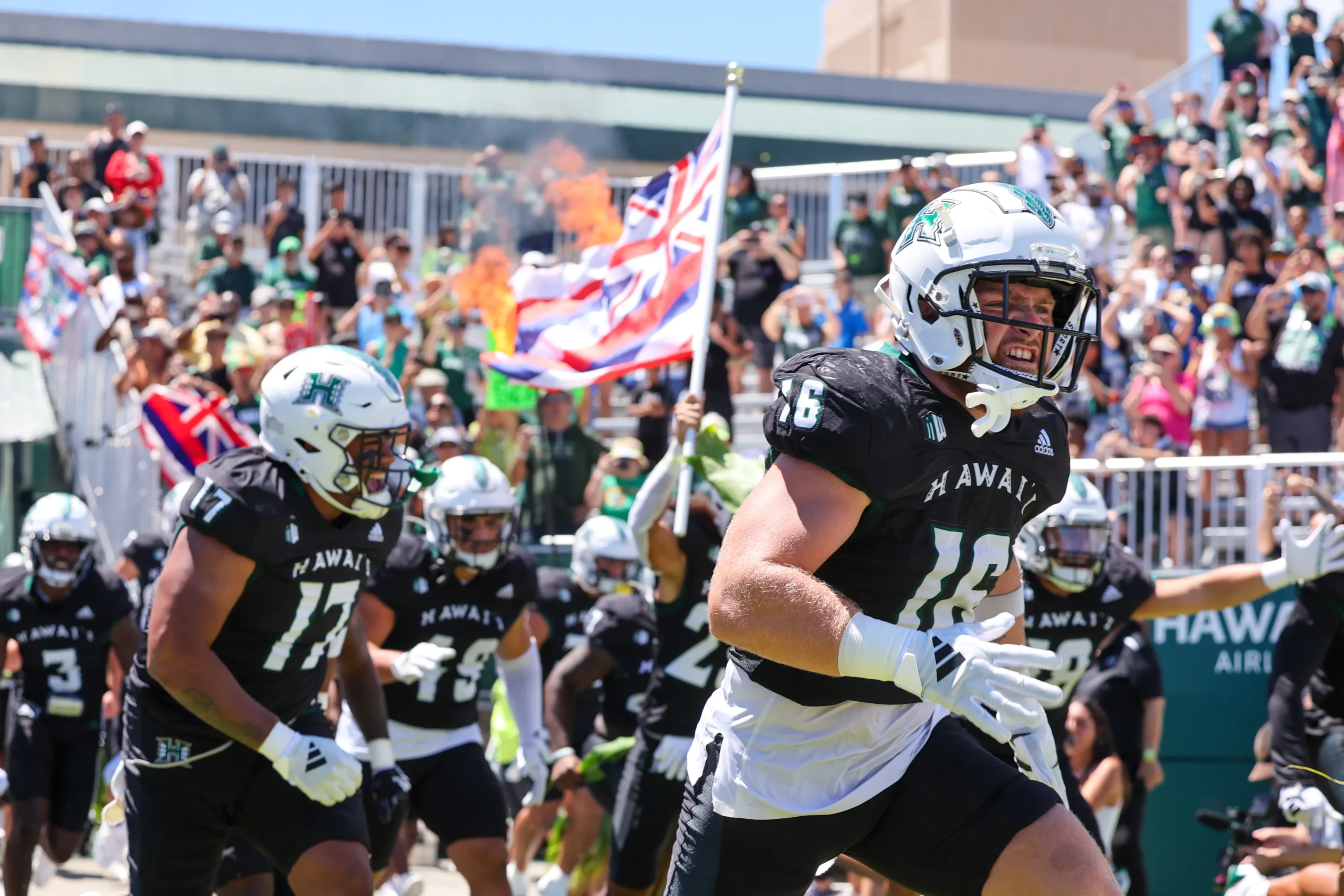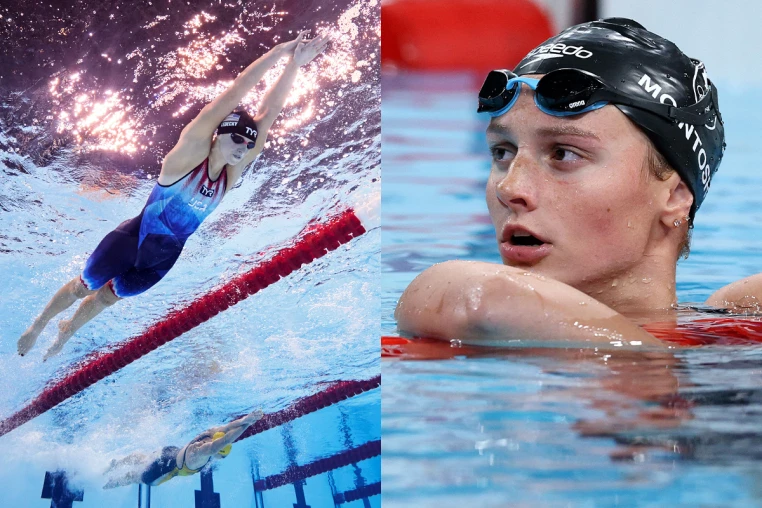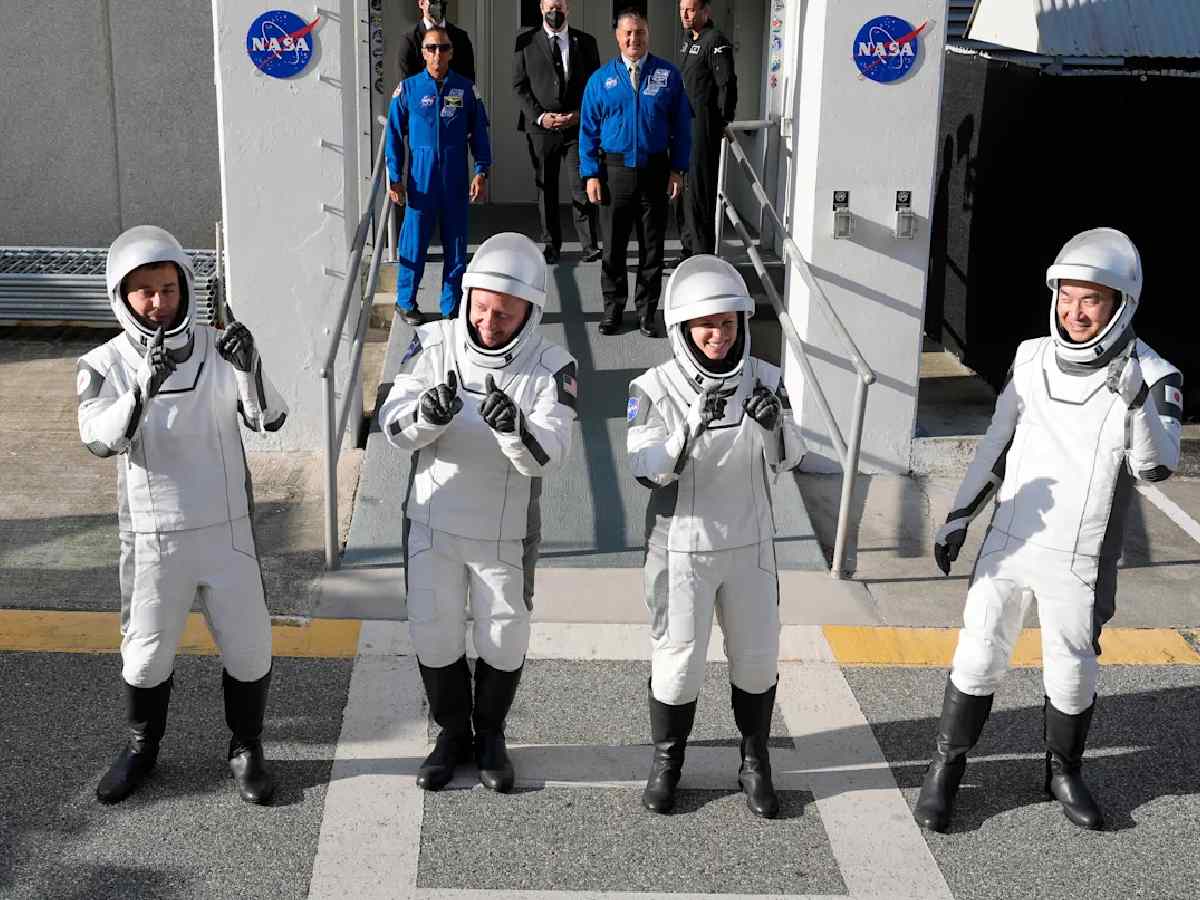
An Overview of Hawaiʻi’s Position in the National Sports Landscape
Hawaiʻi, often celebrated for its stunning landscapes, rich cultural heritage, and vibrant communities, has recently garnered attention for another noteworthy aspect—its standing in the realm of sports opportunities and development. According to a comprehensive report highlighted by KHON2, Hawaiʻi holds the less-than-glorious position of #50 in the United States when it comes to sports-related opportunities, facilities, and development programs. This ranking serves as a significant wake-up call for local policymakers, sports enthusiasts, and community leaders to reassess how the Islands are fostering athletic talent and promoting active lifestyles.
Understanding the Ranking: Why Does Hawaiʻi Stall at the Bottom?
The report underscores several factors contributing to this low ranking. While Hawaiʻi boasts natural beauty and a serene environment, it faces unique challenges that hinder the growth of its sports ecosystem. These include:
- Limited access to state-of-the-art sports facilities and infrastructure compared to mainland states.
- Geographical isolation that increases travel costs for teams, tournaments, and competitions.
- Insufficient investment in youth sports programs and community engagement initiatives.
- Few opportunities for athletes to advance at competitive levels within the state, leading to limited pathways for talent development.
- Lack of comprehensive marketing and sponsorship support that could elevate local sports programs and teams.
Economic and Logistical Challenges Impacting Sports Development
The geographic location of Hawaiʻi, while picturesque, presents significant logistical hurdles for sports development. Traveling to and from the mainland for tournaments, training camps, or competitions can be prohibitively expensive, discouraging participation for many local athletes. Moreover, the cost of maintaining quality sports facilities is higher given the shipping and import costs for equipment and infrastructure parts. These financial barriers tend to limit the scope of programs and diminish the opportunities available for aspiring athletes.
Community Engagement and Youth Sports
One of the core pillars of a thriving sports environment is community engagement, especially among youth populations. The report indicates that Hawaiʻi’s youth are often underserved in this regard, with fewer organized leagues, after-school programs, or coaching resources. This deficiency not only hampers the discovery of local talent but also affects the health and social cohesion of communities. Encouraging youth participation in sports is essential for fostering future champions and promoting healthy lifestyles, yet the current infrastructure and support systems are lacking.
What Can Be Done to Improve Hawaiʻi’s Sports Landscape?
Addressing Hawaiʻi’s ranking requires a multifaceted approach that involves government intervention, private sector investment, and grassroots community initiatives. Some potential strategies include:
- Investing in Infrastructure: Building modern sports complexes, training centers, and recreational facilities would significantly enhance access and quality.
- Developing Local Talent Programs: Establishing robust youth development initiatives and talent identification programs to nurture potential athletes from a young age.
- Facilitating Competitive Opportunities: Organizing more local and regional tournaments, and fostering partnerships with mainland organizations to provide exposure and experience.
- Financial Support and Sponsorship: Encouraging local businesses and sponsors to invest in sports programs, which can offset costs and provide scholarships for talented athletes.
- Community Outreach: Promoting inclusive programs that engage diverse communities, ensuring that sports opportunities are accessible to all demographics.
The Potential of Hawaiʻi’s Unique Environment for Sports Innovation
Despite its current low ranking, Hawaiʻi possesses distinctive advantages that can be leveraged to invigorate its sports scene. The Islands’ diverse climate and rugged terrains are ideal for outdoor sports like surfing, trail running, mountain biking, and water sports, which have global appeal. Promoting these disciplines globally could put Hawaiʻi on the map as a premier outdoor sports destination.
Furthermore, integrating traditional Hawaiian sports and indigenous practices into modern athletic programs can create a unique niche that attracts tourism and brings cultural depth to local initiatives. Events like outrigger canoe racing, Hawaiian wrestling (luna), and hula-based fitness programs could be promoted as part of a broader sports tourism strategy, generating new economic opportunities.
The Importance of Breaking the Cycle: A Call for Action
Ultimately, the ranking underscores a need for systemic change. Sports are not just about recreation—they are vital for health, community building, economic development, and fostering national pride. Hawaiʻi has immense potential to rise above its current position by investing wisely and fostering a culture of active participation and competitive excellence.
Authorities, educational institutions, nonprofits, and private entities must collaborate to craft sustainable strategies that prioritize access, inclusivity, and excellence in sports. Doing so could significantly boost Hawaiʻi’s visibility in national and international athletic competitions, inspire countless youth, and bring tangible benefits to local communities.
Conclusion
The report placing Hawaiʻi at the bottom of the list for sports opportunities is a stark reminder of the work ahead. It challenges stakeholders to envision a future where the Islands become a hub for athletic development, recreation, and sports tourism. Enhanced facilities, community involvement, strategic investments, and innovative programming are essential to change this narrative.
As Hawaiʻi continues to shine in many areas, its sports scene has the potential to grow robust and competitive with the right focus and resources. Turning this ranking around won’t happen overnight, but with concerted effort, Hawaiʻi can elevate its sports profile, inspire generations, and truly harness the power of sports for community and economic development.
For more updated news please keep visiting Prime News World.








